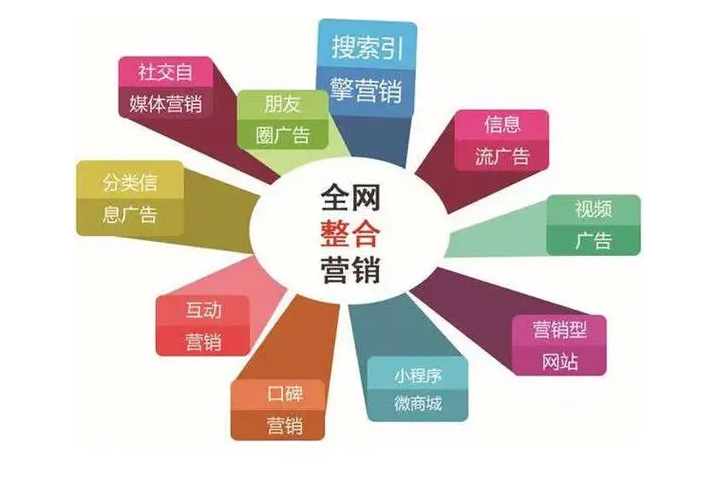Modern marketing thrives on efficiency, and a well-structured MarTech stack is the backbone of automated campaign tools. By integrating the right technologies, businesses can streamline workflows, reduce manual effort, and deliver personalized customer experiences at scale.
The Role of a MarTech Stack in Automation
.jpg)
A MarTech stack combines software and platforms that handle data, analytics, and execution. When aligned with automated campaign tools, it enables marketers to trigger actions based on user behavior, segment audiences dynamically, and optimize messaging in real time.
Key Components of an Automated Campaign Toolset
From CRM systems to email marketing platforms and AI-driven analytics, each tool in the stack plays a critical role. Automation tools like HubSpot, Marketo, or ActiveCampaign leverage this ecosystem to execute multi-channel campaigns with precision.
Benefits of Integrating MarTech with Automation
Seamless integration reduces redundancies, improves targeting accuracy, and enhances ROI. Automated workflows ensure timely follow-ups, A/B testing, and performance tracking—all while freeing up marketers to focus on strategy.
Future Trends: AI and Predictive Analytics
The next evolution of MarTech-powered automation lies in AI and predictive modeling. These advancements will enable hyper-personalized campaigns, anticipate customer needs, and further refine marketing efficiency.
By leveraging a robust MarTech stack, businesses can transform their automated campaigns into high-performing, data-driven engines that deliver measurable results.
.jpg)
.jpg)
.jpg)
.jpg)
.jpg)
